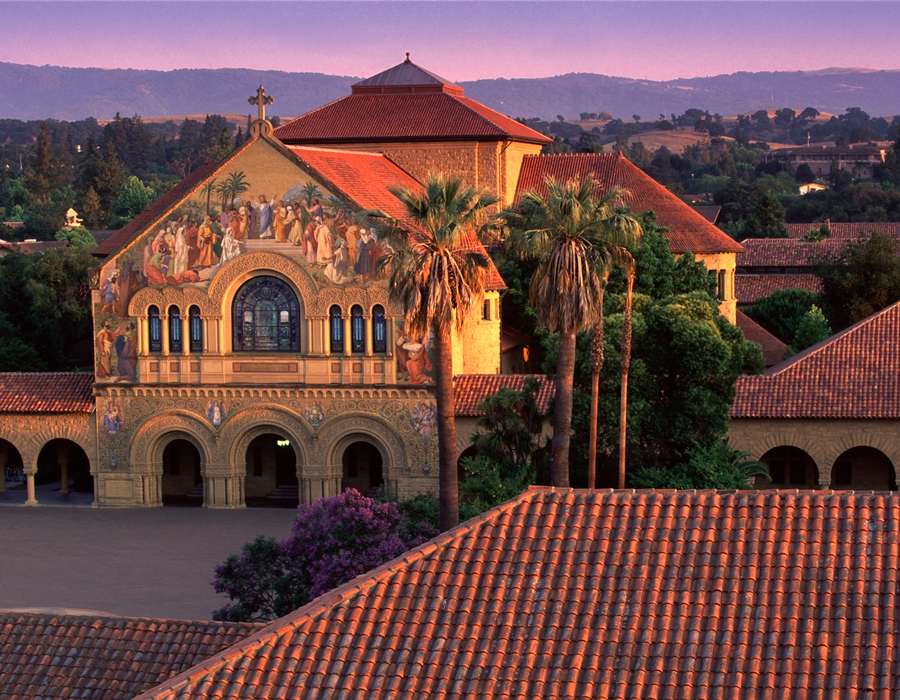This past fall, Stanford Continuing Studies and the John S. Knight Journalism Fellowships teamed up to offer an important course on the challenges facing journalism and the freedom of the press. Called Journalism Under Siege? Truth and Trust in a Time of Turmoil, the five-week course featured 28 journalists and media experts, all offering insights on the emerging challenges facing the media across the United States and the wider world. The lectures/presentations are now all online. Find them below, along with the list of guest speakers, which includes Alex Stamos who blew the whistle on Russia’s manipulation of the Facebook platform during the 2016 election. Journalism Under Siege will be added to our collection, 1,700 Free Online Courses from Top Universities.
Weekly Sessions:
- Week 1 – First Draft of History: How a Free Press Protects Freedom; Part One, Part Two
- Week 2 – Power to the People: Holding the Powerful Accountable; Part One, Part Two
- Week 3 – Picking Sides? How Journalists Cover Bias, Intolerance and Injustice; Part One, Part Two
- Week 4 – The Last Stand of Local News; Part One, Part Two
- Week 5 – The Misinformation Society; Part One, Part Two
Guest Speakers:
- Hannah Allam, national reporter, BuzzFeed News
- Roman Anin, investigations editor, Novaya Gazeta, Moscow
- Hugo Balta, president, National Association of Hispanic Journalists
- Sally Buzbee, executive editor, Associated Press (AP)
- Neil Chase, executive editor, San Jose Mercury News
- Audrey Cooper, editor-in-chief, San Francisco Chronicle
- Jenée Desmond-Harris, staff editor, NYT Opinion, New York Times
- Jiquanda Johnson, founder and publisher, Flint Beat
- Joel Konopo, managing partner, INK Centre for Investigative Journalism, Gaborone, Botswana
- Richard Lui, anchor, MSNBC and NBC News
- Geraldine Moriba, former vice president for diversity and inclusion, CNN
- Bryan Pollard, president, Native American Journalists Association
- Cecile Prieur, deputy editor, Le Monde, Paris
- Joel Simon, executive director, Committee to Protect Journalists
- Alex Stamos, former Facebook chief security officer
- Marina Walker Guevara, winner of the 2017 Pulitzer Prize for Explanatory Reporting for coordinating the Panama Papers investigation
If you would like to sign up for Open Culture’s free email newsletter, please find it here. It’s a great way to see our new posts, all bundled in one email, each day.
If you would like to support the mission of Open Culture, consider making a donation to our site. It’s hard to rely 100% on ads, and your contributions will help us continue providing the best free cultural and educational materials to learners everywhere. You can contribute through PayPal, Patreon, and Venmo (@openculture). Thanks!




